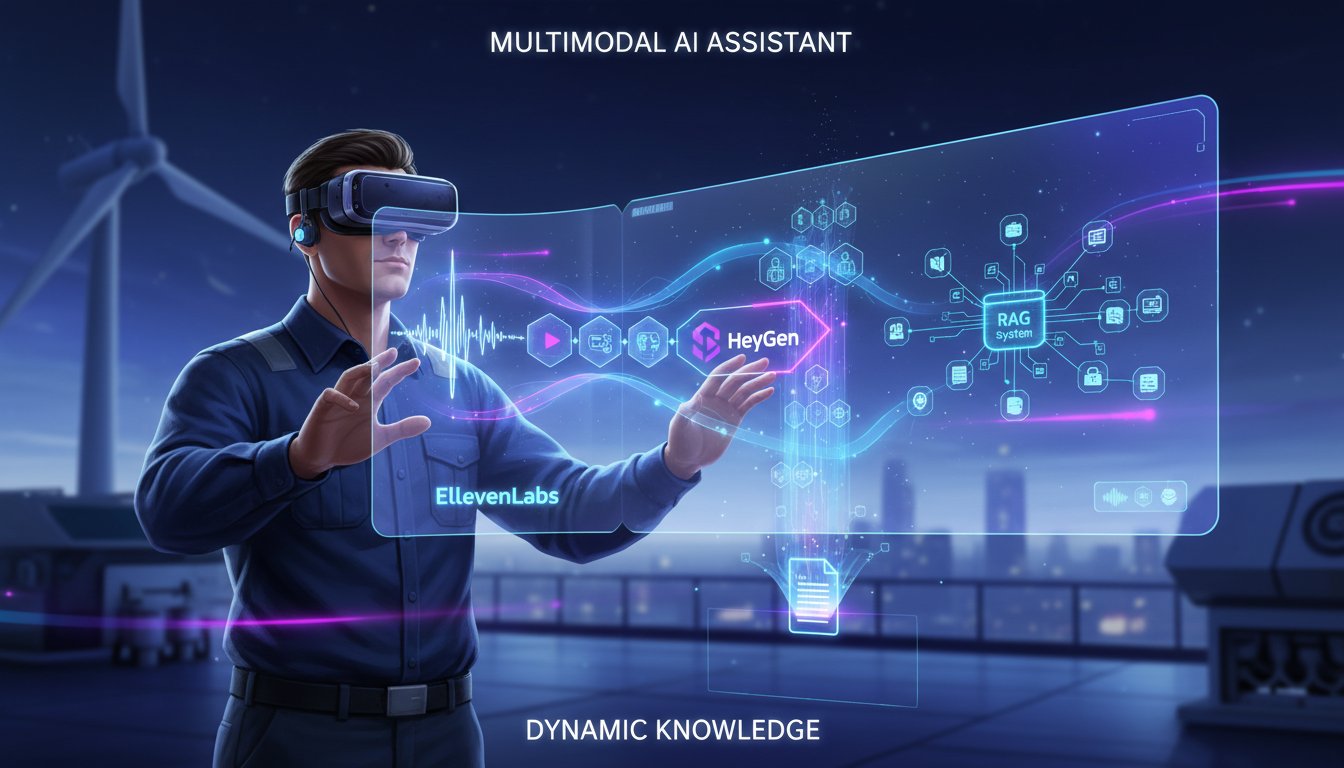In the rapidly evolving landscape of artificial intelligence (AI), one of the most significant advancements in recent years has been the development and implementation of Retrieval-Augmented Generation (RAG) systems. These systems represent a paradigm shift in how AI models interact with and generate information, offering a more nuanced, accurate, and contextually relevant output than ever before. This article delves into the intricacies of RAG systems, exploring their origins, functionality, importance, and the transformative impact they are poised to have across various sectors.
Understanding RAG Systems
At its core, a RAG system is an AI framework designed to enhance the capabilities of large language models (LLMs) by integrating them with external data sources. This integration allows the AI to produce responses that are not only generated based on its pre-existing knowledge (acquired during its initial training phase) but also informed by up-to-date, specific, and verifiable information retrieved in real-time from external databases or knowledge bases.
The Genesis of RAG
The concept of augmenting AI’s generative capabilities with external data retrieval is not entirely new. The roots of RAG can be traced back to the early 1970s when researchers began exploring question-answering systems that utilized natural language processing (NLP) to access and generate responses based on text data, initially within narrow topics like baseball. However, it wasn’t until the advent of more sophisticated machine learning engines and the exponential growth in data processing capabilities that the true potential of RAG began to be realized.
How RAG Works
A RAG system operates by first identifying the user’s query or prompt. It then retrieves relevant information from an external knowledge base, which could range from vectorized documents and images to structured databases. This retrieved data serves as grounding data, providing a factual basis upon which the LLM can generate its response. The integration of retrieval and generation processes ensures that the output is not only relevant and accurate but also grounded in the most current information available.
The Importance of RAG
The significance of RAG systems lies in their ability to address some of the inherent limitations of LLMs, such as their tendency to produce generic answers, generate false responses (known as “hallucinations”), and their reliance on potentially outdated training data. By enabling LLMs to access and incorporate specific, up-to-date external data, RAG systems facilitate more precise, reliable, and context-specific responses. This capability is particularly crucial in applications where accuracy and timeliness of information are paramount, such as in medical diagnosis, financial analysis, and legal research.
Applications and Benefits
RAG systems have found applications across a wide range of industries, revolutionizing how businesses and organizations leverage AI for information retrieval and generation tasks. In the healthcare sector, for example, RAG-augmented AI can assist medical professionals by providing access to the latest research, drug interactions, and patient data, thereby enhancing decision-making processes. Similarly, in the financial industry, analysts can benefit from AI assistants linked to real-time market data, enabling more informed investment decisions.
Beyond these specific applications, RAG systems offer several overarching benefits, including:
- Cost-Effectiveness: Implementing RAG is more cost-effective than continuously retraining LLMs with new datasets. It allows for the dynamic incorporation of new information without the need for extensive computational resources.
- Enhanced Accuracy and Relevance: By grounding LLM outputs in external, verifiable facts, RAG reduces the likelihood of inaccuracies and “hallucinations,” thereby improving the trustworthiness of AI-generated responses.
- Privacy and Security: RAG can be implemented in a way that ensures data privacy and security, particularly when using private knowledge bases for information retrieval.
Challenges and Future Directions
Despite its numerous advantages, the implementation of RAG systems is not without challenges. These include the complexity of integrating retrieval mechanisms with generative models, ensuring the relevance and accuracy of retrieved information, and managing the computational demands of real-time data retrieval and processing. Moreover, as RAG technology continues to evolve, there is an ongoing need for research and development to refine retrieval methods, improve the efficiency of data indexing and retrieval, and enhance the overall quality of generative outputs.
Looking ahead, the future of RAG systems appears promising, with potential advancements aimed at further improving their accuracy, efficiency, and applicability across a broader range of domains. Innovations in vector databases, machine learning algorithms, and natural language understanding are expected to drive the evolution of RAG, enabling even more sophisticated and contextually aware AI systems.
Conclusion
Retrieval-Augmented Generation represents a significant leap forward in the field of artificial intelligence, offering a powerful tool for enhancing the capabilities of large language models. By seamlessly integrating information retrieval with generative processes, RAG systems provide a pathway to more accurate, relevant, and trustworthy AI-generated content. As the technology matures and its applications expand, RAG is set to play a pivotal role in shaping the future of AI-driven solutions across industries.




